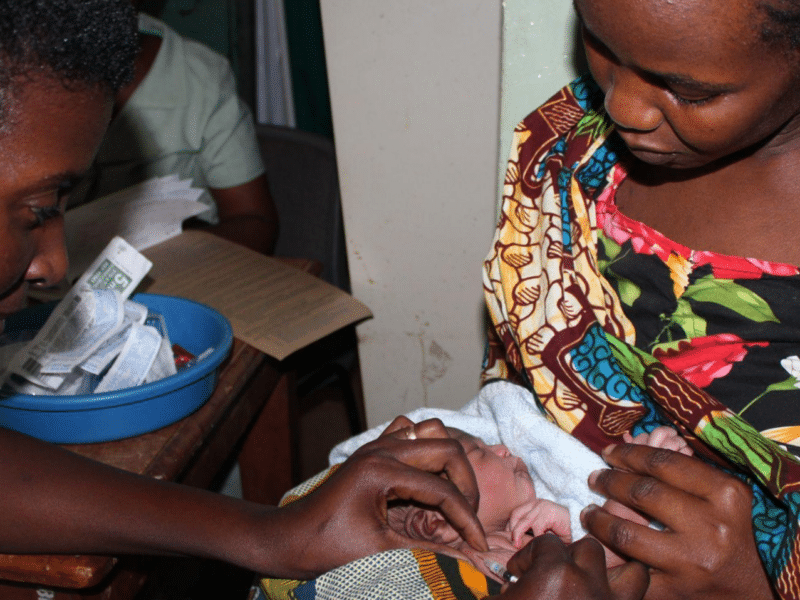Vasectomy is a safe and cost-effective family planning option, but accounts for just 1.2 percent of contraceptive use in low- and middle-income countries, according to a new advocacy document created by the Johns Hopkins Center for Communication Programs.
“With renewed interest among donors and the global family planning community in engaging men as contraceptive users, as well as emerging visions for family planning in the decade ahead, now is the right time to advocate for increased attention to vasectomy as an underfunded and underutilized method,” says CCP’s Olivia Carlson, who helped write the document.
In an effort to elevate the importance of vasectomy as an acceptable part of the contraceptive method mix, the CCP-led Breakthrough ACTION project – at the direction of USAID – reviewed publicly available information on vasectomy programs, conducted numerous interviews and synthesized information on current and past vasectomy use, programming and investment. The findings show that when investments in vasectomy programs are made, its use increases.
Vasectomy is the only permanent form of male contraception. It is a minor surgical procedure conducted in an outpatient setting using local anesthesia. In many places, it is not offered, even though it is vastly more cost-effective over time than other methods on the market.
The other permanent method, tubal ligation, which renders a woman unable to become pregnant, is more widely available. While both are safe and highly effective methods, vasectomy may better meet the needs of some men and couples. Compared to tubal ligation, it is a simpler procedure, requires less recovery time and has less risk of complications.
“We have made great progress engaging men and boys in family planning as supportive partners and agents of change,” Carlson says. “Increasing access to vasectomy would allow men to share more responsibility for contraception and is critical to method choice.”
In recent years, vasectomy has largely been excluded from family planning programming in low- and middle-income countries, but data show that when it is offered, men do choose it. For example, the procedure accounts for a large share of contraceptive use in Brazil, Iran, Nepal, Australia, the UK, South Korea and Bhutan, ranging from 3.9 to 18.7 percent of total contraceptive use.
Demographic trends show that couples are having fewer children and ending childbearing at younger ages. This increasing desire to limit births at younger ages means demand for permanent methods is likely to grow.
“Vasectomy is well positioned to fill some of the existing demand for permanent methods and unmet need for limiting births,” Carlson says. “Men and couples should have the opportunity to choose vasectomy or any other form of contraception.”
To help increase the availability of vasectomy, Breakthrough ACTION has developed a message framework to help organizations advocate with donors, country decision-makers and other key stakeholders to include vasectomy in family planning programs, investments and national strategies. Breakthrough ACTION has also created a document that outlines why now is the time to put vasectomy on the agenda of global actors and country decision-makers, proposes several goals for advocates’ consideration and includes detailed resources to support advocates to meet these goals.
“There seems to be a common misconception that past vasectomy programming was broadly unsuccessful, when, in reality, many programs did show signs of success before the program ended or funding ran out,” Carlson says.
In India, for example, one program increased intent to use long-acting or permanent contraceptive methods by engaging men in the workplace. In the Philippines, group counseling sessions that promoted conversation about no-scalpel vasectomy improved knowledge and increased acceptability of permanent methods. In Rwanda, the Capacity Project increased demand for vasectomy services so much that demand could not be met through a subsequent scale-up program.
“Vasectomy hasn’t received much attention in the last few decades, but its availability and accessibility, like any method, are critical to method choice,” Carlson says. “We can build from past programming to develop effective, evidence-based programs, but first, we need to advocate for its inclusion in family planning programs and strategies.”





